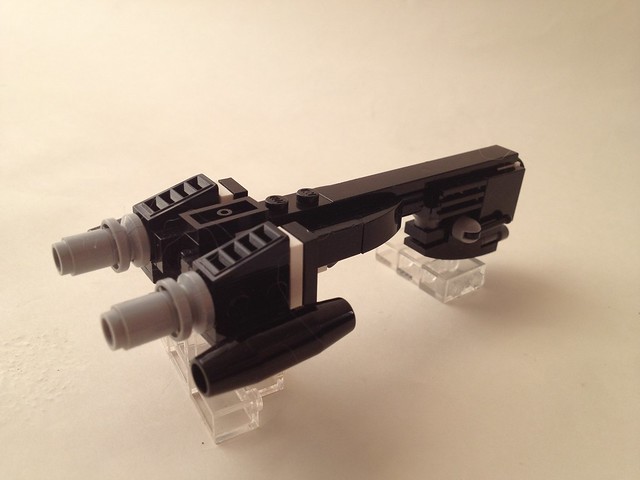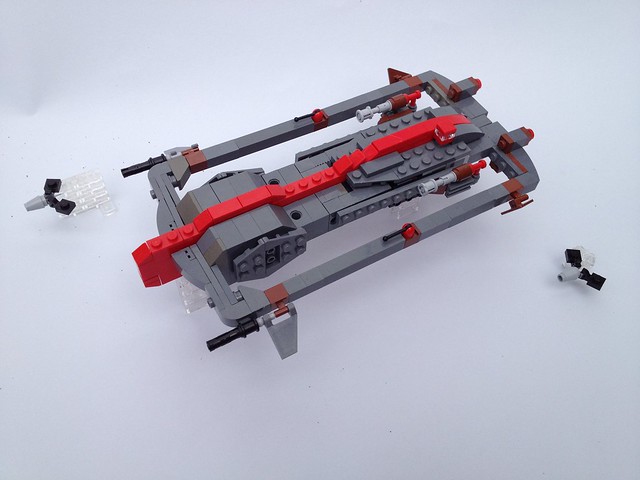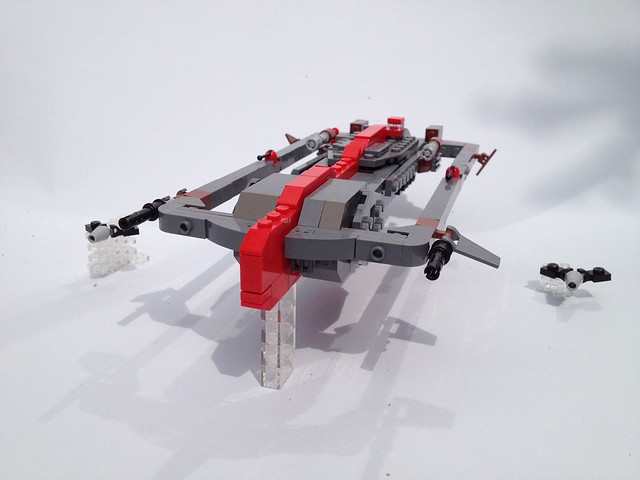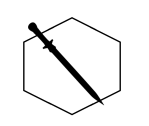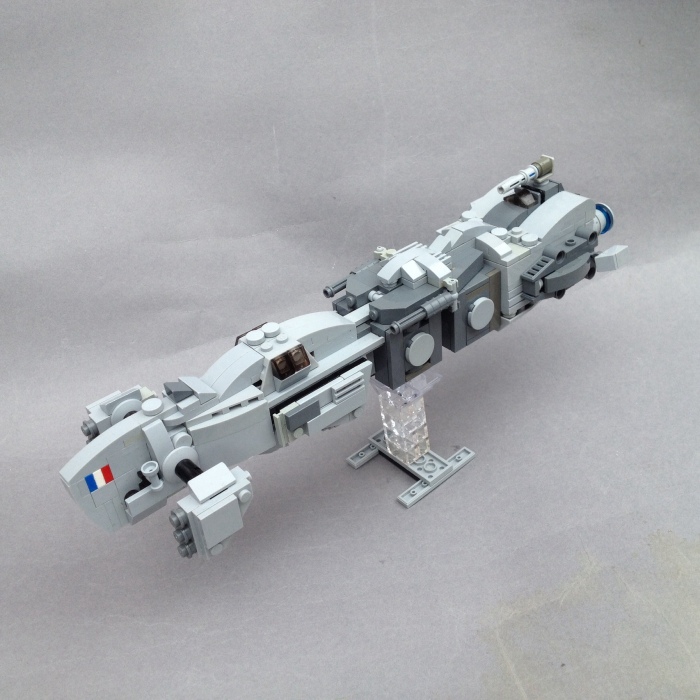Affectionately nicknamed ‘Blackjack’ for it’s monochrome colour scheme, the SPC-7 is a Blackmane-produced patrol ship and escort. It is seen most frequently around the smaller human colonies of the Rimward Territories where it is often the workhorse of the local militia.
Blackmane originally designed the System Patrol Craft 7 for use in the Core World colonies, but humans expanded more and more these worlds became safer and the frontier was pushed further still. The Blackjack was instead purchased by new governments not content to expect protection from the fleets of the Core Worlds.
These fledgling governments were initially attracted to the low price point of the ship, but on reciept of purchase were pleasantly surprised. New crewmen found the SPC-7 to be slow but sturdily built for her size. Her armament comprises of two flak turrets for tackling enemy fighters and warheads as well as a chin-mounted photon cannon for engaging larger targets.
The optimum crew level stands at 6, but at a push the Blackjack can be ran by a pilot and gunner. They are most frequently seen escorting bulky transport ships in and out of gravity wells. Occasionally a government warship will press them into service as part of a pirate hunting fleet, a role in which they also excel.
Length: 37m
Manufacturer: Blackmane Spaceworks
Role: System Patrol, Escort
Crew: 6 (but can be controlled by remote)
Weaponry:
– 1 x Frag-Shell Launcher (chin-mounted, forward firing)
– 2 x Flak Turrets (side mounted)

